|  | Nurturing the Next Generation
Project Of Sound Vision |
| | 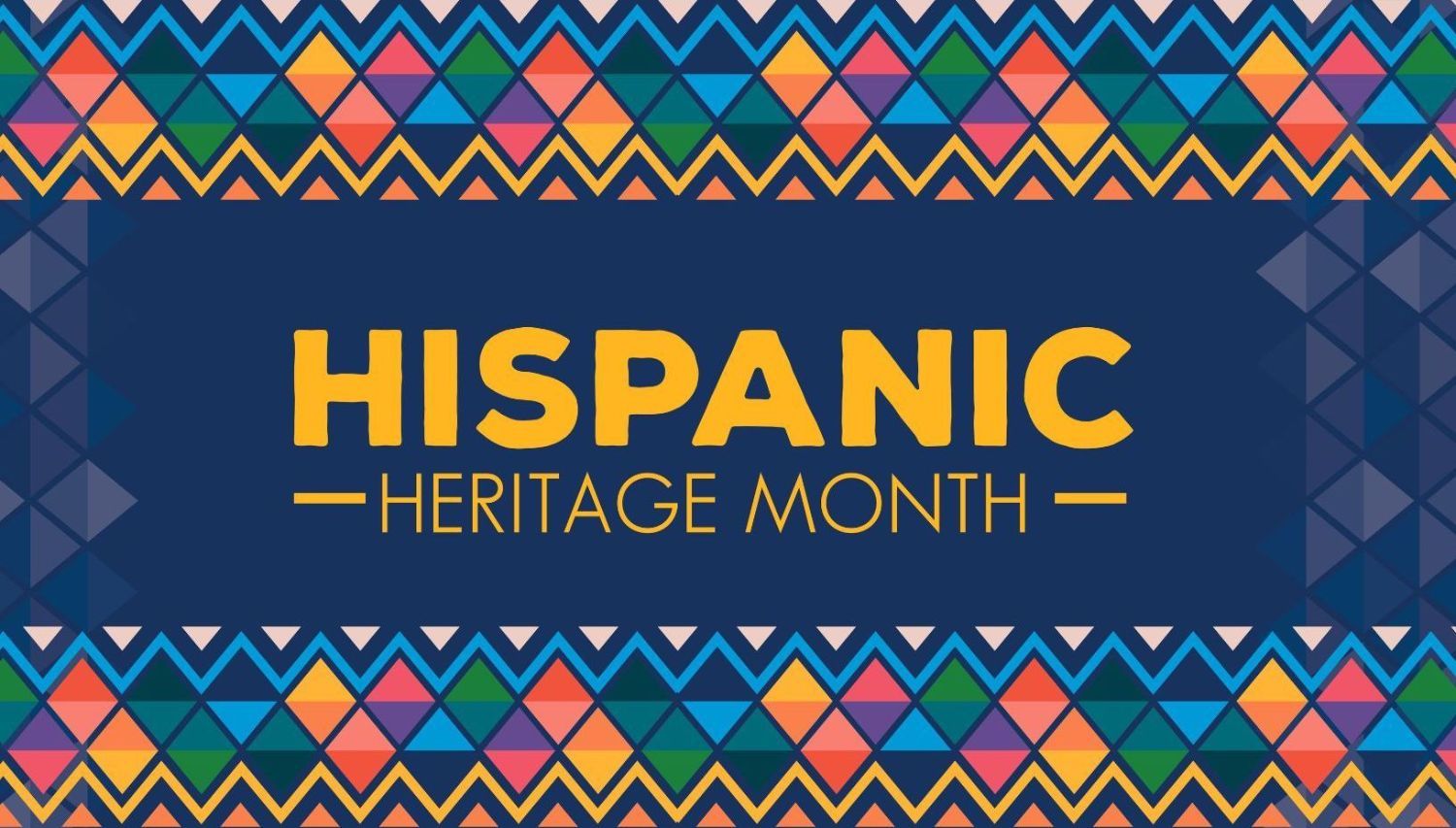 | Teaching our Children about Hispanic Heritage By Melissa Barreto Hispanic Heritage Month began in the United States as a way to celebrate the many different cultures of Hispanic and Latino peoples while also recognizing their struggles, contributions, and achievements. It is observed every year from September 15-October 15. For Muslims, observing Hispanic Heritage Month opens the door to better understanding one of the largest ethnic populations in the U.S. while celebrating the fastest-growing population in our own communities – Latino Muslims. Here are three full lesson plans to that provide important learning opportunities for the entire family. |
| | | Parenting Tip There is beauty all around us in the diversity of nations, peoples, cultures, languages, foods, and more. As we celebrate Hispanic Heritage Month, take the time to expand your knowledge about our Latino brothers and sisters. |
| |  | Notable Contemporary Latino Muslims You Should Know By Wendy Díaz In the past century, Latin American Muslim figures emerged to make significant contributions to Hispanic dawah, social service, and education, and also raise awareness about our forgotten Islamic roots. These individuals served as ambassadors of faith, breaking down stereotypes, and fostering connections between the Latino and Muslim communities. Here are just a few notable Latino American Muslim figures whose stories and achievements deserve recognition. |
| | | Inspiration “The Arabs suddenly appeared in Spain like a star which crosses through the air with its light, spreads its flames on the Horizon and then vanishes rapidly into naught. They appeared in Spain to fill her suddenly with their activity and the fruit of their genius, and endowed her with a glorious glamour which enveloped her from the Pyrenees to Gibraltar and from the oceans to the Barcelona.” Conde as quoted in Prescott, Philip II of Spain, Vol. III https://hispanicmuslims.com/quotes-regarding-muslims-in-spain/ |
| | 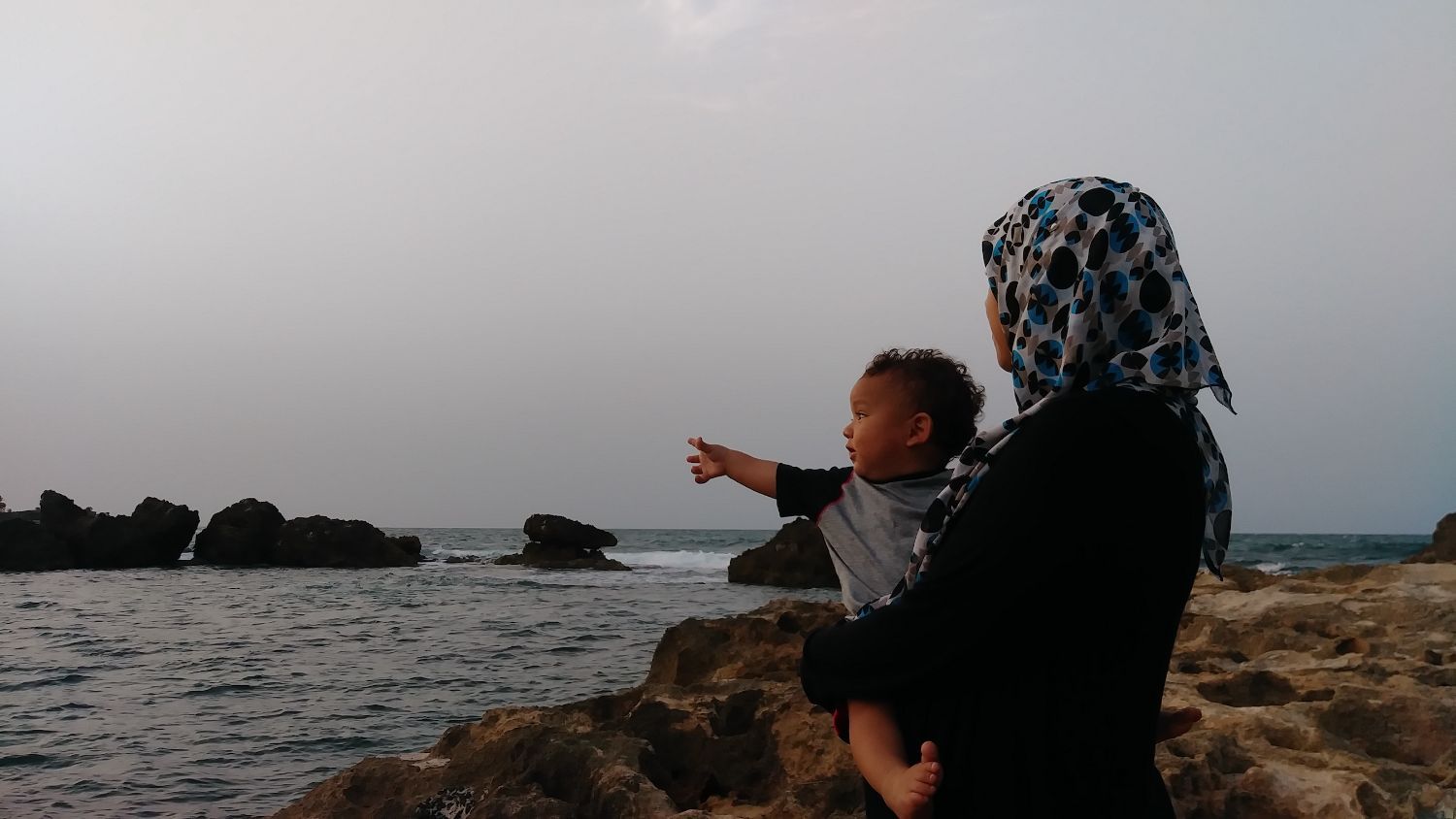 | The Top 5 Lessons I Want My Latino Muslim Children to Know By Wendy Díaz Wendy Díaz and her husband are Latino converts to Islam. They are first-generation Latino Muslims raising second-generation Latino Muslim children. And even though their children are being raised as Muslims, they notice that they are different than their peers. They are navigating the nuances of intersectionality, living as minorities within a minority, uniquely embodying the identities of Muslims, Latin Americans, second-generation immigrants with South American and Caribbean heritages, and people of color in the United States. For these reasons, it is important to them that they never take Islam for granted. Here are the top five lessons Díaz wants her Latino Muslim children (and their community) to know. |
| |
|
| | Islamic Guidance "O humanity! Indeed, We created you from a male and a female, and made you into peoples and tribes so that you may ˹get to˺ know one another. Surely the most noble of you in the sight of Allah is the most righteous among you. Allah is truly All-Knowing, All-Aware." (Surah Al-Hujarat, 49:13) |
| | 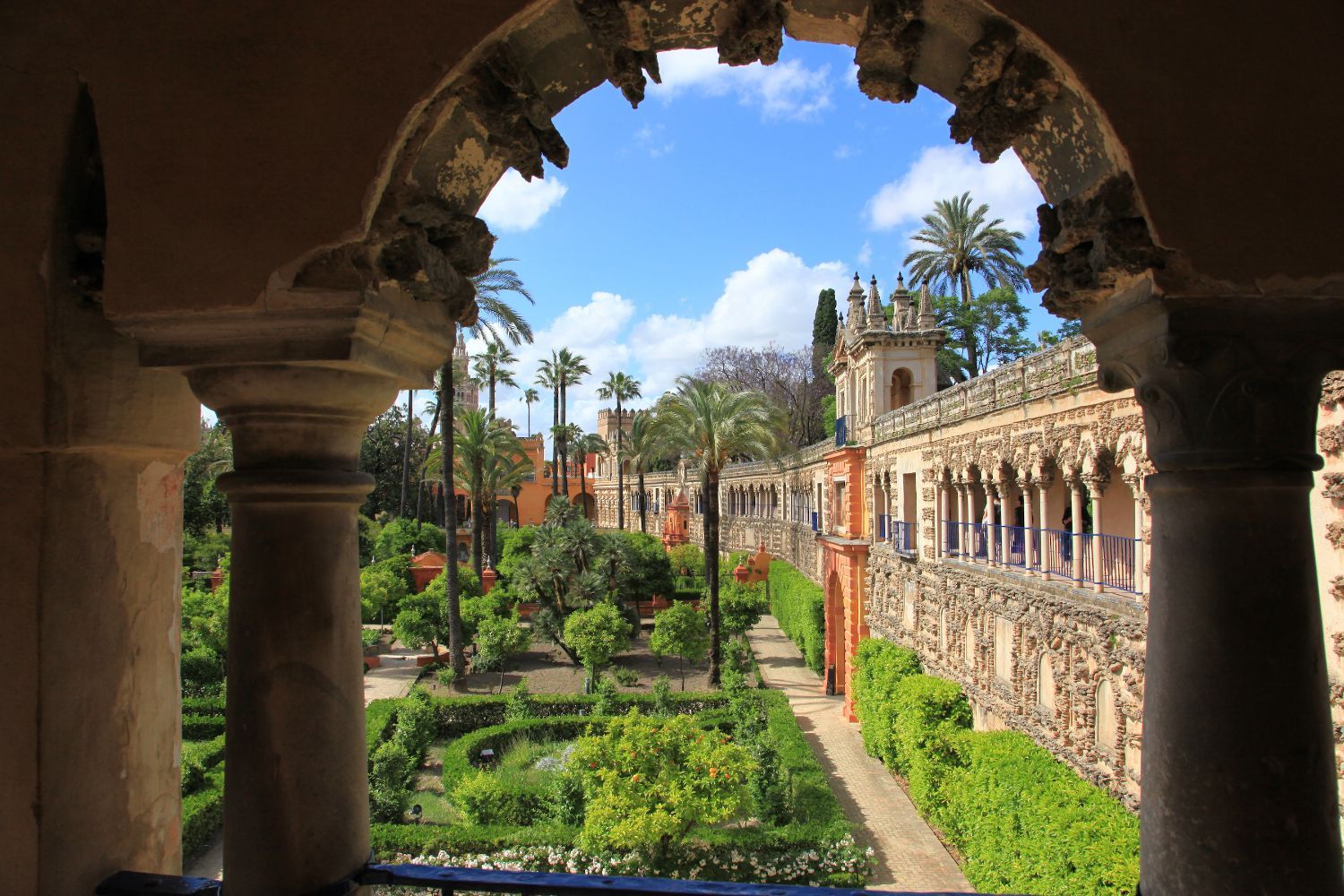 | Islam's Lasting Influence in Spain By Laura El Alam Muslims controlled portions of the Iberian Peninsula (modern-day Spain and Portugal) for almost 800 years, from 711 to 1492. During that time, they shaped the area’s culture, art, science, cuisine, lifestyle, and infrastructure in countless ways. Muslims built beautiful palaces, fortresses, libraries, schools, and mosques. As a college junior, writer Laura El Alam spent a semester studying abroad at the University of Seville, sitting in the tranquil gardens of the nearby Alcazar, a royal palace built on the site of a former Islamic fortress. Learn more from her recount of Islam’s lasting influence in Spain. |
| | |  | Hispanic Heritage Intertwined with Islamic Heritage By Wendy Díaz The celebration of Hispanic or Spanish heritage is incomplete without mentioning the history and influence of the cultures that helped shape Latin America. A striking and significant part of the fabric of Hispanic heritage is Islamic. This intertwining began just a few years after the death of Prophet Muhammad, peace be upon him, when Islam spread as far east as Persia and the Indus River and as far west as Africa and Europe, primarily Spain and Portugal. These two countries are responsible for the colonization of most of Latin America, what is now Mexico, Central and South America, and the Caribbean. There is much to learn in our shared experiences. |
| | | Interesting Facts The Hispanic population in the United States has quadrupled in the past four decades. It is also becoming more diverse. Here are some interesting facts gleaned from the 2020 U.S. Census. - More than 62 million Americans — 19% of the total population — identified as Hispanic or Latino.
- Since the terms Latino or Hispanic refer to ethnicity, not race, there are Hispanic Americans in every racial group.
- Mexican Americans represent the most prominent Hispanic origin with a population of 37.2 million, about 61% of all Hispanics. Puerto Ricans are the second-largest Hispanic group.
- California and Texas, the two most populous states, were home to 15.6 million and 11.4 million Hispanic Americans, respectively. In both of those states, Hispanics make up 39% of the population.
For more details, read the full article at USAFacts.org. |
| | | | 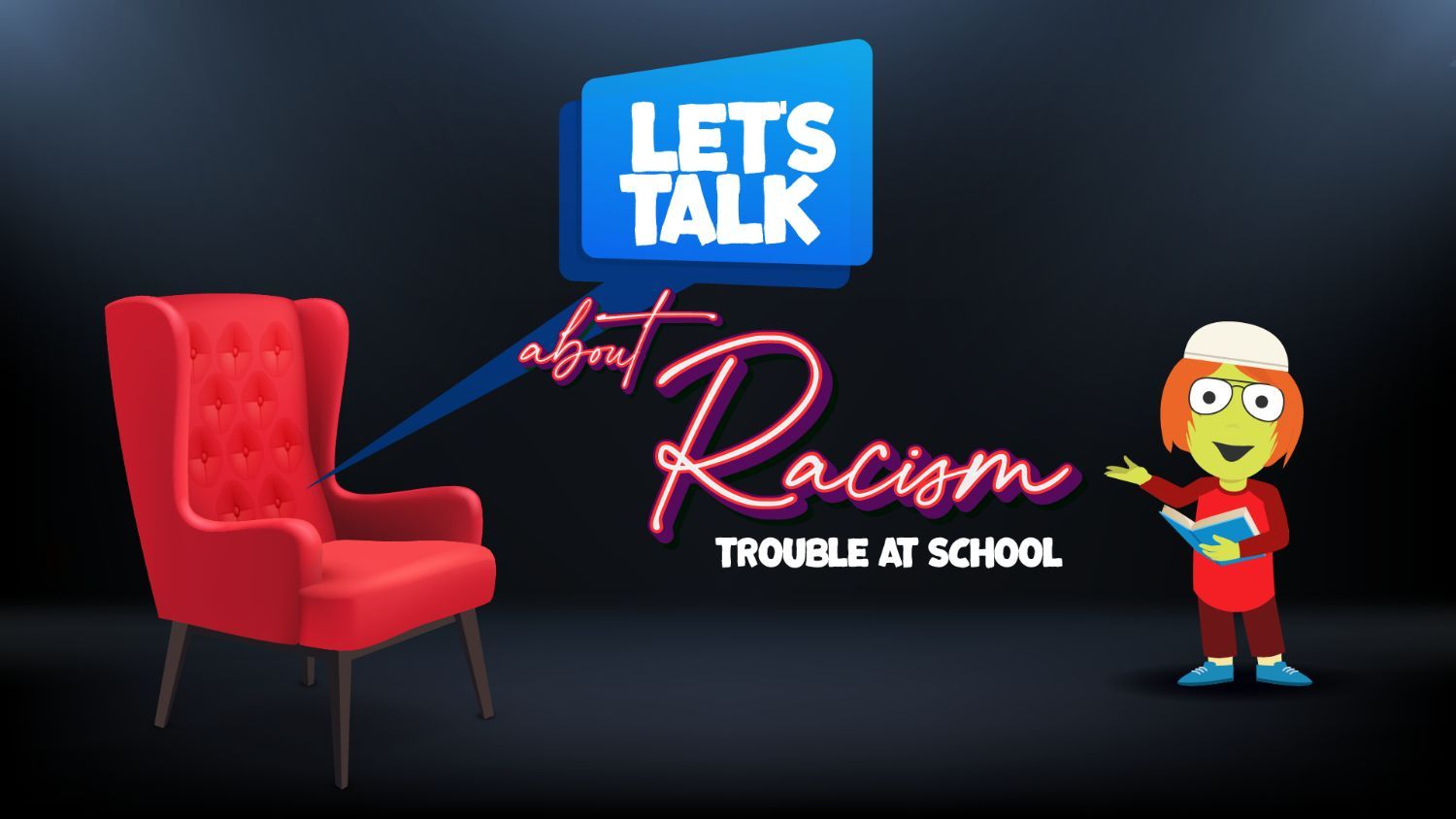 | Adam’s World Video - Let's Talk about Racism - Trouble at School When Angie’s classmate says mean things about her hair, Adam steps in. Racism is the problem and there is dialogue in the video that can help children open up to discuss it. (4:01) |
| | | NEW LIVE online classes start soon. Check out the details. |
| 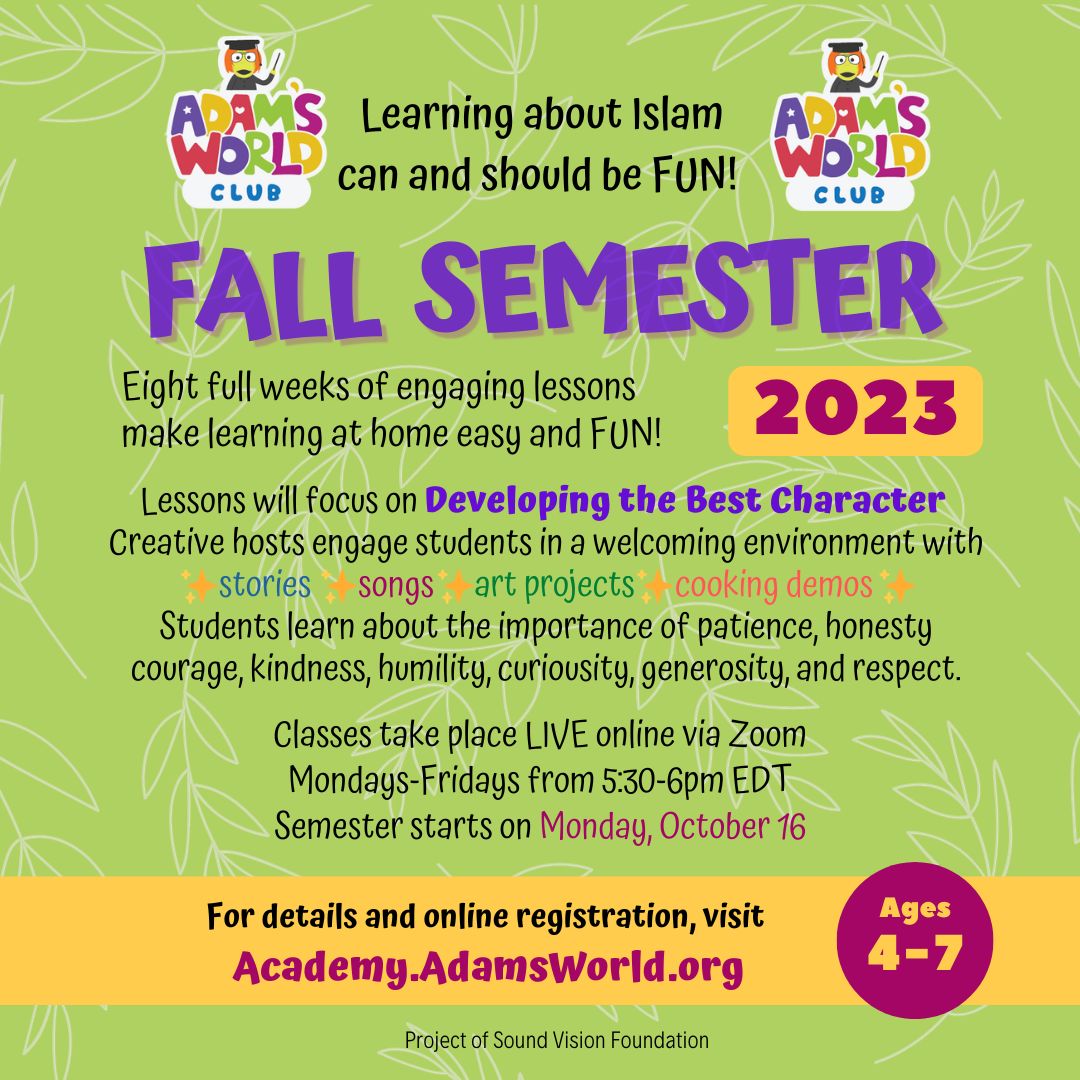 |
|
| |  |  | The Sound Vision Foundation has been a trusted source of Islamic knowledge for more than 30 years. Our work with the world-renowned puppets Adam and Aneesah pioneered creative programming for Muslim children, encouraging them to learn about and love their religion. We continue to bring sound content and engaging programs that stimulate minds, touch hearts, and strive to fulfill our mission of raising better Muslims, better neighbors, and better citizens. This latest effort is designed to support and empower Muslim parents to do the same. |
| | | |
|
| |
|
|